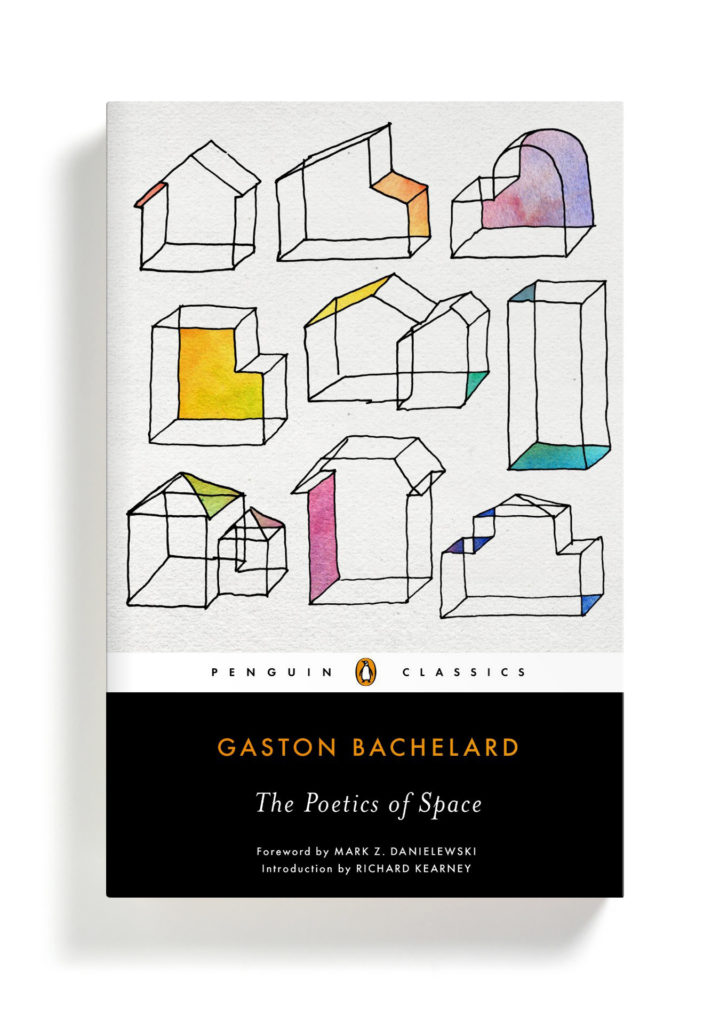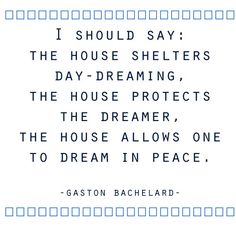A house constitutes a body of images that give mankind proofs or illusions of stability. We are constantly re-imagining its reality: to distinguish all these images would be to describe the soul of the house; it would mean developing a veritable psychology of the house.
To bring order into these images, I believe that we should consider two principal connecting themes:
- A house is imagined as a vertical being. It rises upward. It differentiates itself in terms of its verticality. It is one of the appeals to our consciousness of verticality.
- A house is imagined as a concentrated being. It appeals to our consciousness of centrality.

These themes are no doubt very abstractly stated. But with examples, it is not hard to recognize their psychologically concrete nature.
Verticality is ensured by the polarity of cellar and attic, the marks of which are so deep that, in a way, they open up two very different perspectives for a phenomenology of the imagination. Indeed, it is possible, almost without commentary, to oppose the rationality of the roof to the irrationality of the cellar. A roof tells its raison d’etre right away: it gives mankind shelter from the rain and sun he fears. Geographers are constantly reminding us that, in every country, the slope of the roofs is one of the surest indications of the climate. We “understand” the slant of a roof. Even a dreamer dreams rationally; for him, a pointed roof averts rain clouds. Up near the roof all our thoughts are clear. In the attic it is a pleasure to see the bare rafters of the strong framework. Here we participate in the carpenter’s solid geometry.
As for the cellar, we shall no doubt find uses for it. It will be rationalized and its conveniences enumerated. But it is first and foremost the dark entity of the house, the one that partakes of subterranean forces. When we dream there, we are in harmony with the irrationality of the depths.
Gaston Bachelard, The Poetics of Space (Paris, Presses Universitaires de France, 1958)
Edition quoted from: Penguin Classics, London, 2014
Translation: Maria Jolas
Cover illustration: Nick Misani

